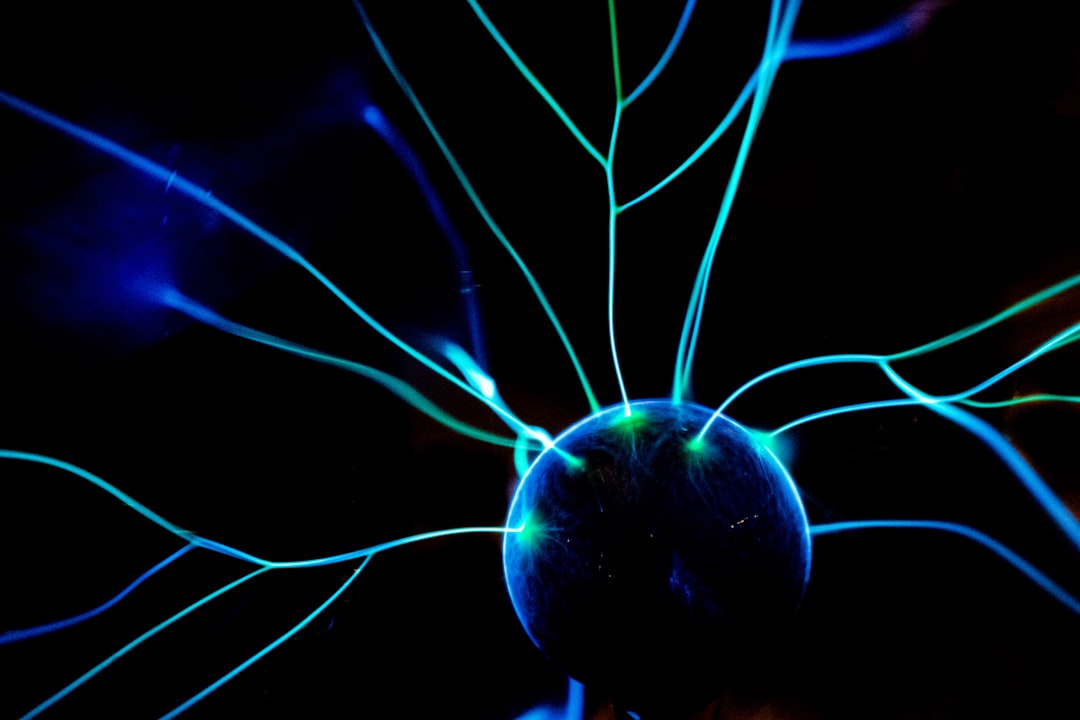What is it about?
This paper explains how physical and geometrical principles of reflection, developed over centuries within optics, provided a novel way to analyse new collision phenomena appearing in the late 16th century (billiard balls colliding with, and rebounding from, each other in straight lines). By conceptualising such oblique, rectilinear, incident and rebound motion in terms of the oblique, rectilinear, incident and rebound motion of light reflection, Newton was finally able to develop a novel, non-Aristotelian, theory of particle mechanics based on the generalisation of core mechanical principles of optical reflection into laws of motion.
Featured Image

Photo by Robert Zunikoff on Unsplash
Why is it important?
In light of the fall of Aristotelian physics in the late 16th- and early 17th-centuries, this paper is important because it explains how Newton further developed the novel, non-Aristotelian, conceptual resource of optical principles of (rectilinear) impact-rebound to create his new, non-Aristotelian, theory of mechanical motion. In so doing, this paper identifies for the first time the conceptual origins of Newton's epoch-making replacement of Aristotelian physics as the cross-disciplinary generalisation, and modification, of laws of light motion.
Read the Original
This page is a summary of: Optical reflection and mechanical rebound: the shift from analogy to axiomatization in the seventeenth century. Part 1, The British Journal for the History of Science, September 2007, Cambridge University Press,
DOI: 10.1017/s0007087407000362.
You can read the full text:
Contributors
The following have contributed to this page










